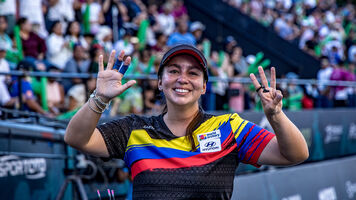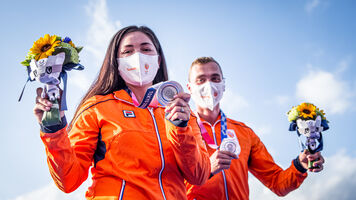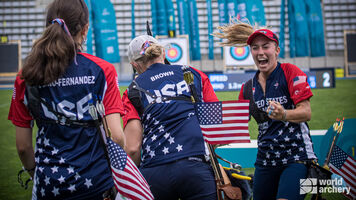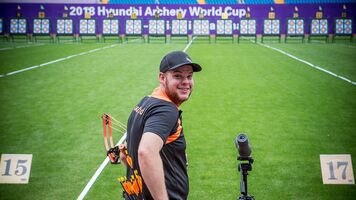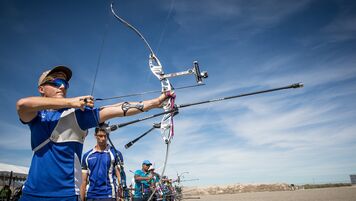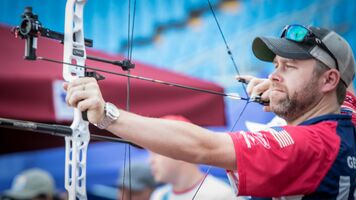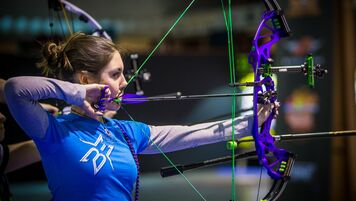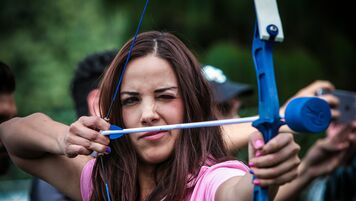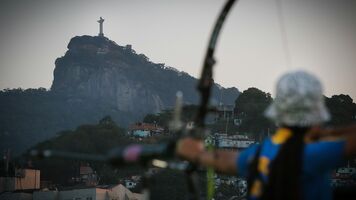5 compound archery techniques you should study
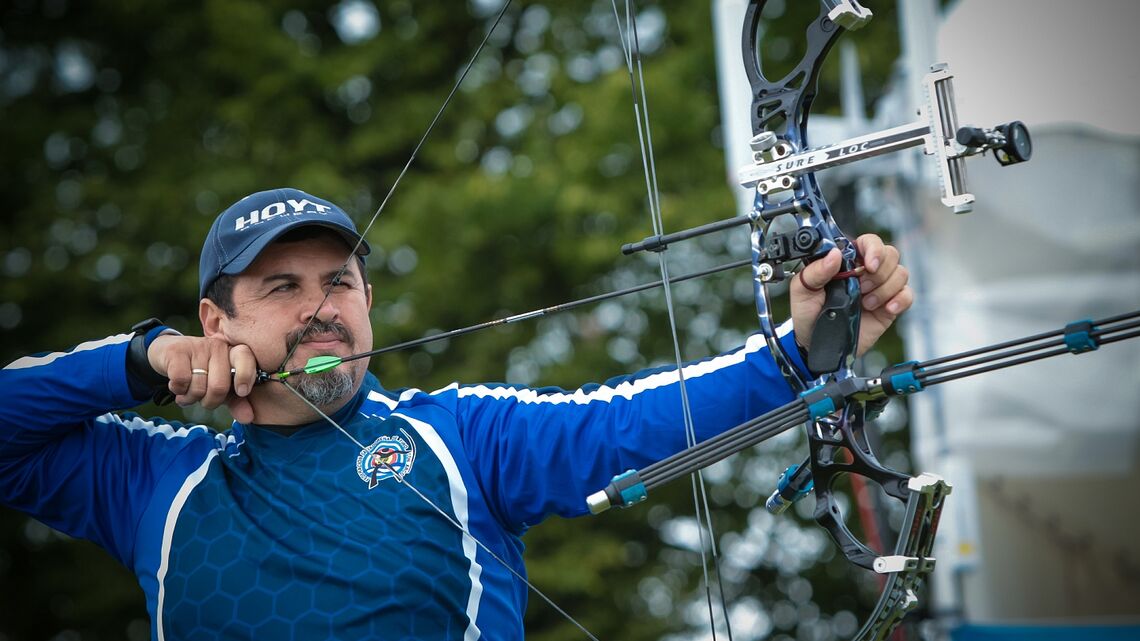
Read about the five recurve archery techniques you should study.
People often say that much of success in archery is mental. Perhaps a more apt statement would be that most of success in archery is internal.
It is, after all, your body movement that makes the difference – but many of those movements are so minute, so dependent on a strong mind game, that they’re difficult to see. This is perhaps even more true for the compound bowstyle, where style of execution, the ability to aim still for extended periods of time and a penchant for ignoring any creeping self-doubt set apart the best from the rest.
What do you can often see are the symptoms of these skills.
Compound archery is still, in the history of archery, fairly young. It was only introduced to the world championships in 1995 and a variety of athletes have found international success over the past 25-or-so years. Here are five with techniques that I think are worth watching.
1. Sara Lopez
The still-young Colombian archer is already the best compound woman of all time… and one of the best compound archers of all time – especially in matchplay.
She embodies the modern style: not a puncher, not a pure back tension shooter. She doesn’t click her trigger to let the arrow go but she also doesn’t hang back and wait forever, not knowing when things will release. It’s somewhere in the middle. She chooses to pull, and she chooses to pull hard. Coupled with a confident and consistent aim, it’s made Lopez a six-time Hyundai Archery World Champion and the reigning World Archery Champion.
What’s particularly interesting about how Sara deploys the technique shines through when she enters the arena.
Compared to most compounders, she shoots really fast. And this really comes into play during 20-second alternate shooting when that rapid release can be used as something of a weapon. Watch the final of the 2021 Hyundai Archery World Cup Final and you’ll see Lopez getting arrows off in five… six seconds. That really cuts into the amount of time her opponent, Toja Ellison, has to prepare.
(It’s while the other archer is shooting that an athlete loads their arrow, resets and readies to shoot.)
The speed shooting is not what’s won Lopez all her accolades. But it is something that anyone she faces needs to look out – and prepare – for.
2. Jesse Broadwater
Classic and classy, Jesse is the textbook compound archer of the 2000s. He shoots a pure hinge, back-tension style. Draws up, aims… aims… aims… aims and, eventually, it’ll go off. It’s smooth and great to watch.
Shooting like this doesn’t just require a strong temperament, but also a strong front arm.
Unlike some of his well-known contemporaries (see Reo Wilde, Mike Schloesser), Jesse has much less backwards lean. His front shoulder is so well set, his balance so centred and his stance so upright that he’s able to comfortable aim for the longer periods of time required to shoot the hinge style and still be world-class accurate.
3. Jorge Jimenez
There have been numerous index finger trigger shooters to succeed on the world stage over the past few decades. None caused perhaps as much of a wave as Jimenez, the original archery superstar from El Salvador. (A mantle that has since been taken up by Pan Am Games Champion Roberto Hernandez.)
It is a pure click and shoot style.
It’s immensely difficult to maintain over a long period due to the extreme mental toughness required to tell your brain to do something so simple as succeed, by releasing when you’re aiming at the middle, without letting doubt take over. But my, is it impressive to watch when it is working well.
4. Albina Loginova
The original dominant archer to emerge in the women’s game, Loginova made three consecutive world championship finals from 2007 to 2011, winning the latter two. She is almost the missing link between the successful pull-and-wait style of the early 2000s and the more modern pull-to-go current trend.
Albina would literally swap between a hinge and a trigger depending on the weather.
If it was windy, she’d dig into her pouch for the latter – so that she didn’t have to wait so long on aim and could stop-start her pull when the gusts calmed down.
That approach, coupled with an aesthetically clean draw, put her head-and-shoulders above her contemporaries.
5. Mike Schloesser
Mister Perfect’s been… perfecting… his craft since a young age, having been brought up in an archery family.
His style is not so different to that of Lopez. But Mike’s internal back-and-forth to maintain performance near his indomitable ceiling is far more visible when he shoots. Much like a recurve archer, the symptoms are most apparent in his shot timing.
When Schloesser is comfortable, he shoots fast – and he often hits the extra middle.
When Schloesser gets less comfortable, he starts to slow – and that’s when things begin to leak a little wider in the target. When a single shot starts to deviate from his practised routine (draw back, aim dead-centre, commit to release), it takes an incredible amount of mental power to keep the body in line.
And those deviations can be caused by self-doubt, by external factors like weather, by the pressure of competition.
It’s fascinating to watch Mike shoot because, if you study enough, you can see this so much more in his shooting than in many others. And you can watch him, more often than not, manage or beat or overcome them and win.






